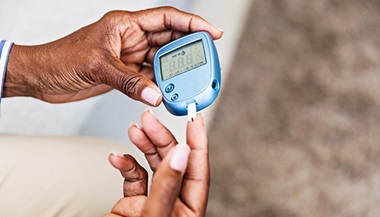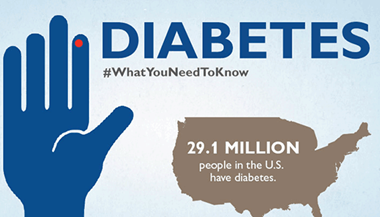Diabetes Insipidus
What is diabetes insipidus?
Diabetes insipidus (DI), also called water diabetes, is a condition marked by increased thirst and urination. It is not to be confused with the more common type of diabetes, diabetes mellitus (sugar diabetes). Four underlying conditions can lead to DI.
-
Central DI is the most common type and is caused by destruction of part of the pituitary gland that produces vasopressin, which regulates water balance and urine output from the kidneys. In infants and children, this is often an inherited condition. Other causes include tumors, infections and head injury.
-
Nephrogenic DI occurs when the pituitary produces enough vasopressin but the kidneys fail to recognize it because of an inherited or acquired kidney disease.
Maintaining proper water balance by drinking enough fluids is critical for children with DI, as they tend to lose a lot of water with frequent urination, which can lead to life-threatening dehydration. However, drinking too much water is also dangerous, as it may lead to a rare condition called water intoxication.
Symptoms
-
Increased thirst
-
Frequent urination
-
Increased urine volume
-
Pale or colorless, watery urine
-
Night-time urination (nocturia)
-
Fatigue due to frequent nighttime urination and interrupted sleep
Diagnosis
Definitive diagnosis is most often made with:
-
Water-deprivation test: The child must abstain from drinking fluids for a period of time, after which their urine is tested to determine the concentration of particles.
-
Vasopressin test: The body’s reaction to vasopressin after the hormone is injected in the body
-
Hypertonic saline infusion test: A mixture of water and salt is given intravenously and then the patient’s blood is tested for particle concentration and vasopressin levels.
When to Call for Help
If you see any of the above symptoms in your child or teen, call your pediatrician. Increased urination and odorless, pale urine should always be red flags as they may signal water imbalance.
Children with DI are also at an increased risk for dehydration if they don’t replenish the loss of water, so they need to be observed for signs of dehydration, such as dry mouth, sluggishness, muscle weakness, dizziness, few or no tears when crying, rapid heart beat, fever, lack of sweating and extreme thirst.
Treatment
Medications that deliver synthetic vasopressin are the therapy for central DI. For nephrogenic DI, water pills (diuretics) are used.





